Texas judge says Justice Scalia was in poor health, had heart problems

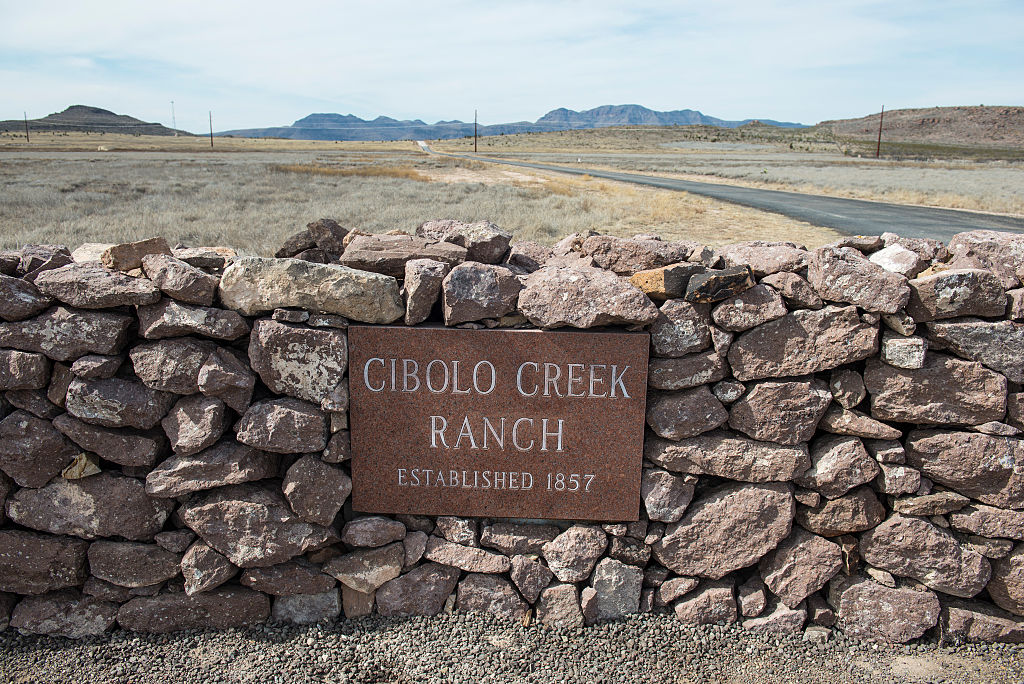
When Justice Antonin Scalia, 79, was found dead in his room at the Cibolo Creek Ranch in West Texas on Saturday, Presidio County Judge Cinderela Guevara pronounced him dead over the phone — allowed under Texas law — and did not order an autopsy. On Monday, she explained why.
Before concluding that Scalia had died of natural causes, probably a heart attack, Guevara told The Associated Press, she had talked with Presidio County Sheriff Danny Dominguez and a U.S. marshal, Ken Roberts, both of whom had seen the body and ruled out foul play. She also spoke with Scalia's doctor, "Dr. Monahan," she said, and he told her the Supreme Court justice had a history of heart trouble and high blood pressure, and had just been ruled too weak to undergo surgery for a torn rotator cuff in his shoulder.
Rear Adm. Brian P. Monahan, attending physician for Scalia and other members of the Supreme Court, plus Congress, refused to confirm any details about Scalia's health to The Washington Post on Monday, saying that "patient confidentiality forbids me to make any comment on the subject," then hanging up.
The Week
Escape your echo chamber. Get the facts behind the news, plus analysis from multiple perspectives.

Sign up for The Week's Free Newsletters
From our morning news briefing to a weekly Good News Newsletter, get the best of The Week delivered directly to your inbox.
From our morning news briefing to a weekly Good News Newsletter, get the best of The Week delivered directly to your inbox.
John Poindexter, the owner of the luxury resort, said Scalia was one of some 35 weekend guests, had gone to bed at about 9 p.m., citing his desire for a good night's sleep, and was found "in complete repose" in his room on Saturday morning after he didn't show up for breakfast. Guevara said some other people at Cibolo Creek Ranch had told her Scalia mentioned not feeling well, but other friends said that in recent weeks the late justice had seemed in good health and great spirits.
A free daily email with the biggest news stories of the day – and the best features from TheWeek.com
Peter has worked as a news and culture writer and editor at The Week since the site's launch in 2008. He covers politics, world affairs, religion and cultural currents. His journalism career began as a copy editor at a financial newswire and has included editorial positions at The New York Times Magazine, Facts on File, and Oregon State University.
-
 ‘The economics of WhatsApp have been mysterious for years’
‘The economics of WhatsApp have been mysterious for years’Instant Opinion Opinion, comment and editorials of the day
-
 Will Democrats impeach Kristi Noem?
Will Democrats impeach Kristi Noem?Today’s Big Question Centrists, lefty activists also debate abolishing ICE
-
 Is a social media ban for teens the answer?
Is a social media ban for teens the answer?Talking Point Australia is leading the charge in banning social media for people under 16 — but there is lingering doubt as to the efficacy of such laws
-
 Trump HHS slashes advised child vaccinations
Trump HHS slashes advised child vaccinationsSpeed Read In a widely condemned move, the CDC will now recommend that children get vaccinated against 11 communicable diseases, not 17
-
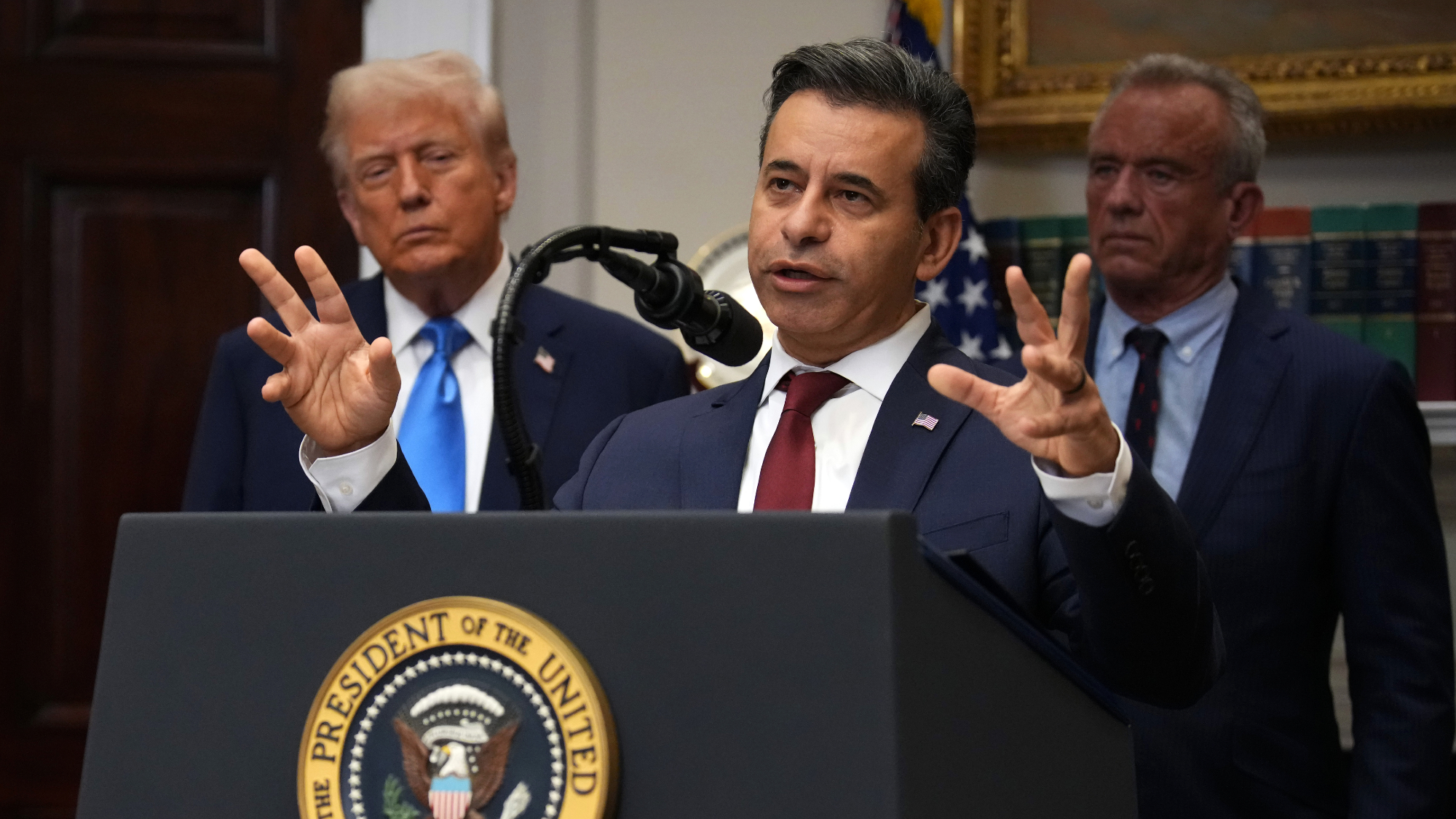 FDA OKs generic abortion pill, riling the right
FDA OKs generic abortion pill, riling the rightSpeed Read The drug in question is a generic version of mifepristone, used to carry out two-thirds of US abortions
-
 RFK Jr. vaccine panel advises restricting MMRV shot
RFK Jr. vaccine panel advises restricting MMRV shotSpeed Read The committee voted to restrict access to a childhood vaccine against chickenpox
-
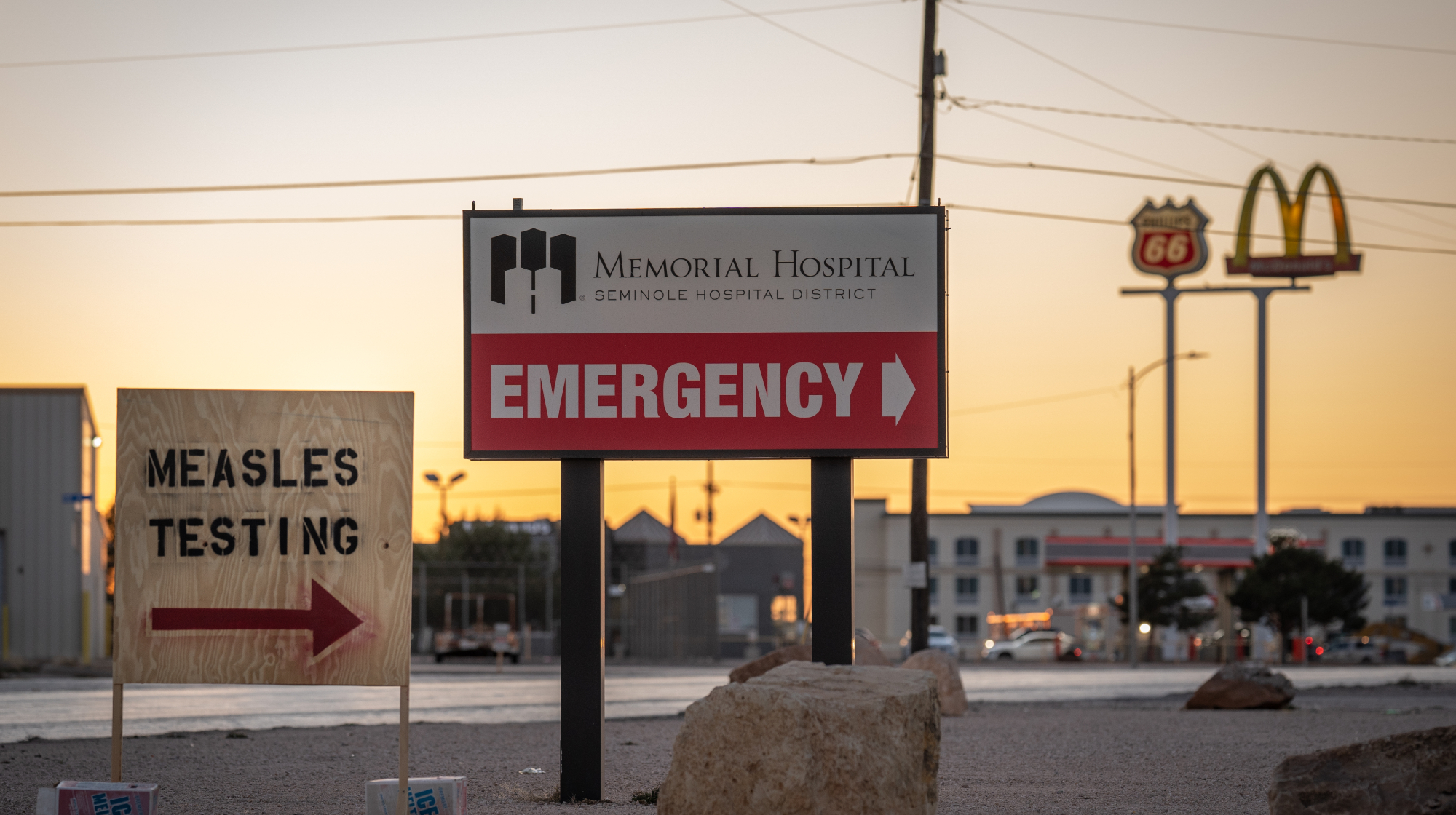 Texas declares end to measles outbreak
Texas declares end to measles outbreakSpeed Read The vaccine-preventable disease is still spreading in neighboring states, Mexico and Canada
-
 RFK Jr. shuts down mRNA vaccine funding at agency
RFK Jr. shuts down mRNA vaccine funding at agencySpeed Read The decision canceled or modified 22 projects, primarily for work on vaccines and therapeutics for respiratory viruses
-
 Measles cases surge to 33-year high
Measles cases surge to 33-year highSpeed Read The infection was declared eliminated from the US in 2000 but has seen a resurgence amid vaccine hesitancy
-
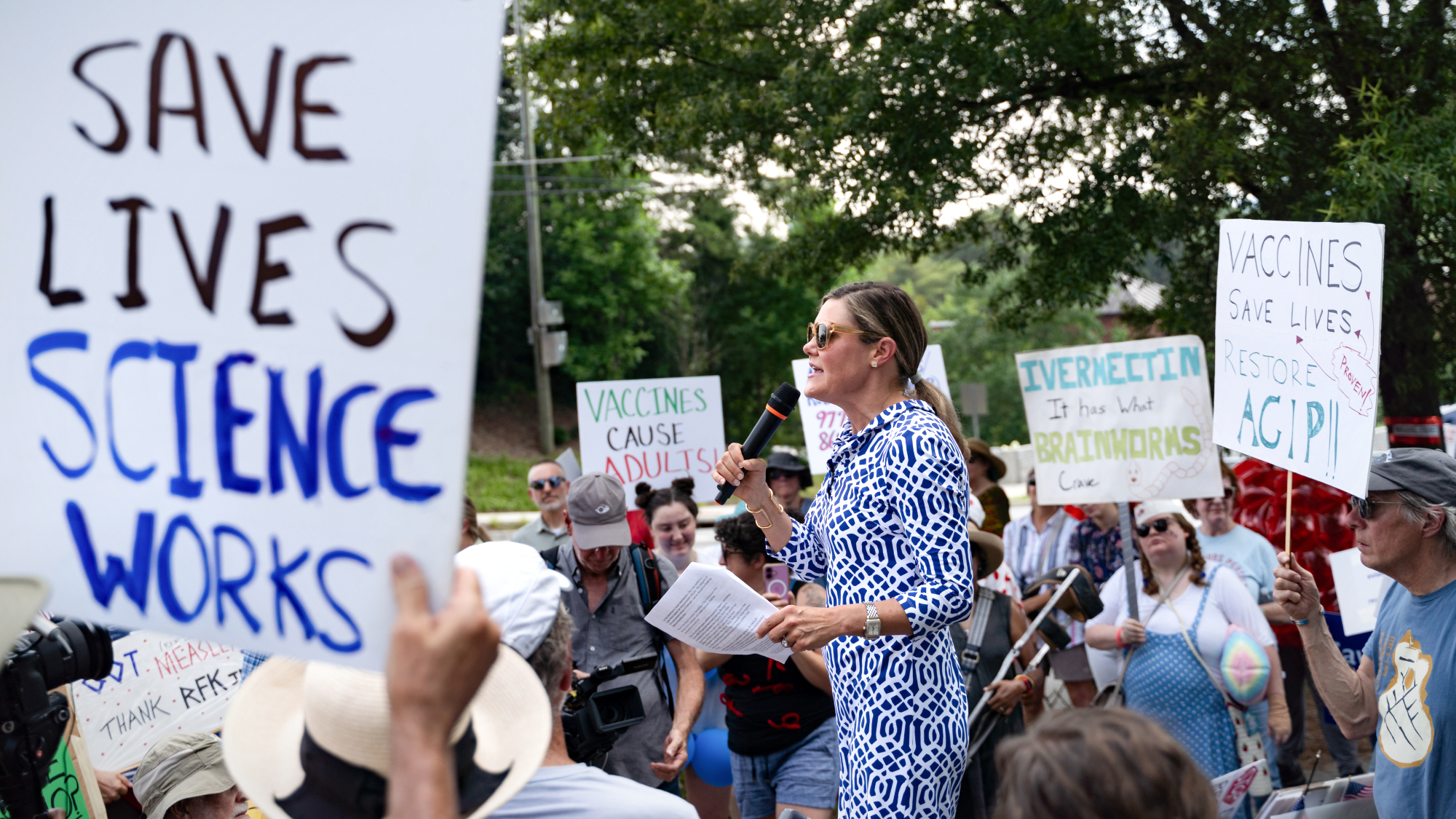 Kennedy's vaccine panel signals skepticism, change
Kennedy's vaccine panel signals skepticism, changeSpeed Read RFK Jr.'s new vaccine advisory board intends to make changes to the decades-old US immunization system
-
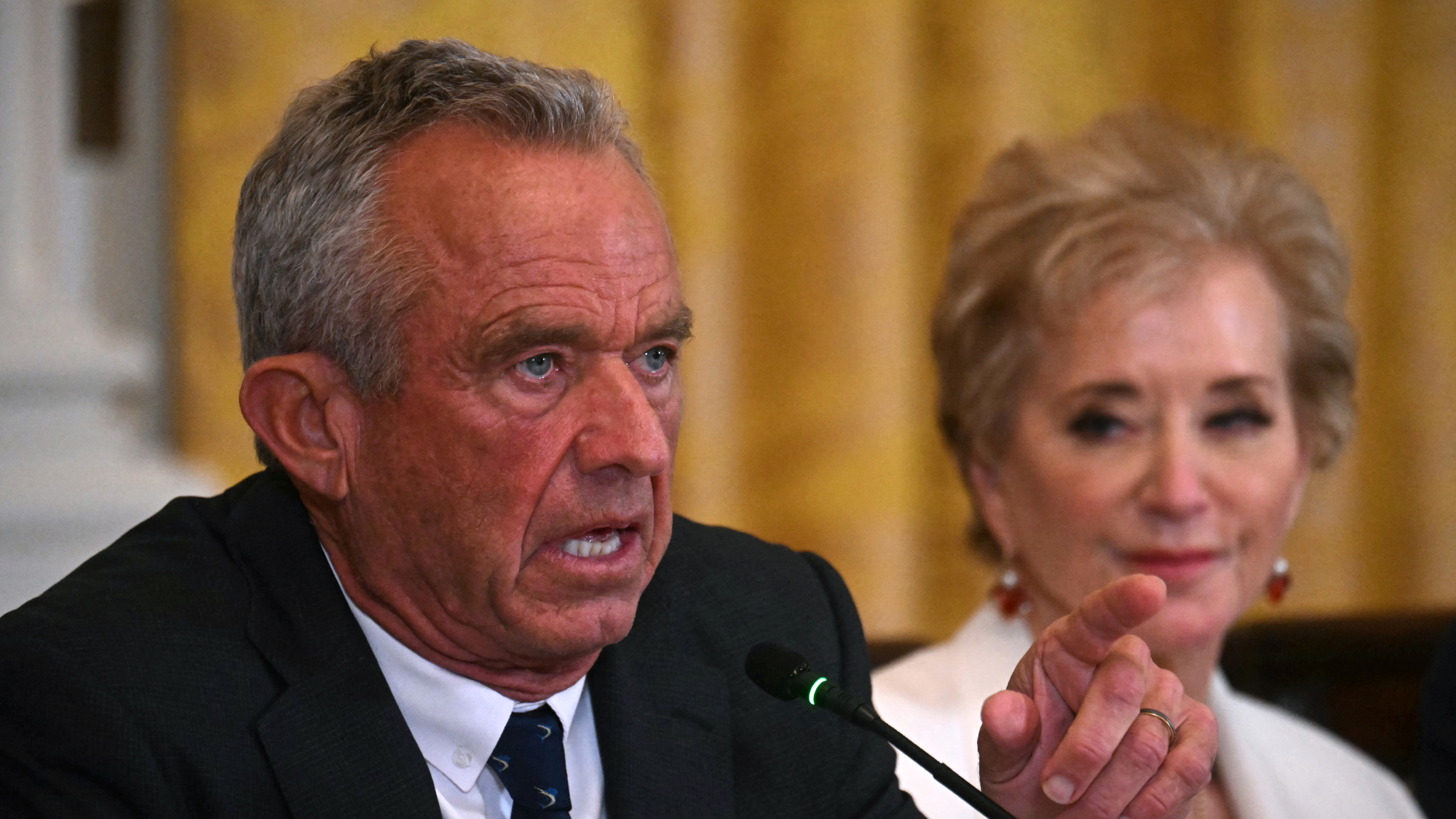 Kennedy ousts entire CDC vaccine advisory panel
Kennedy ousts entire CDC vaccine advisory panelspeed read Health Secretary RFK Jr. is a longtime anti-vaccine activist who has criticized the panel of experts
